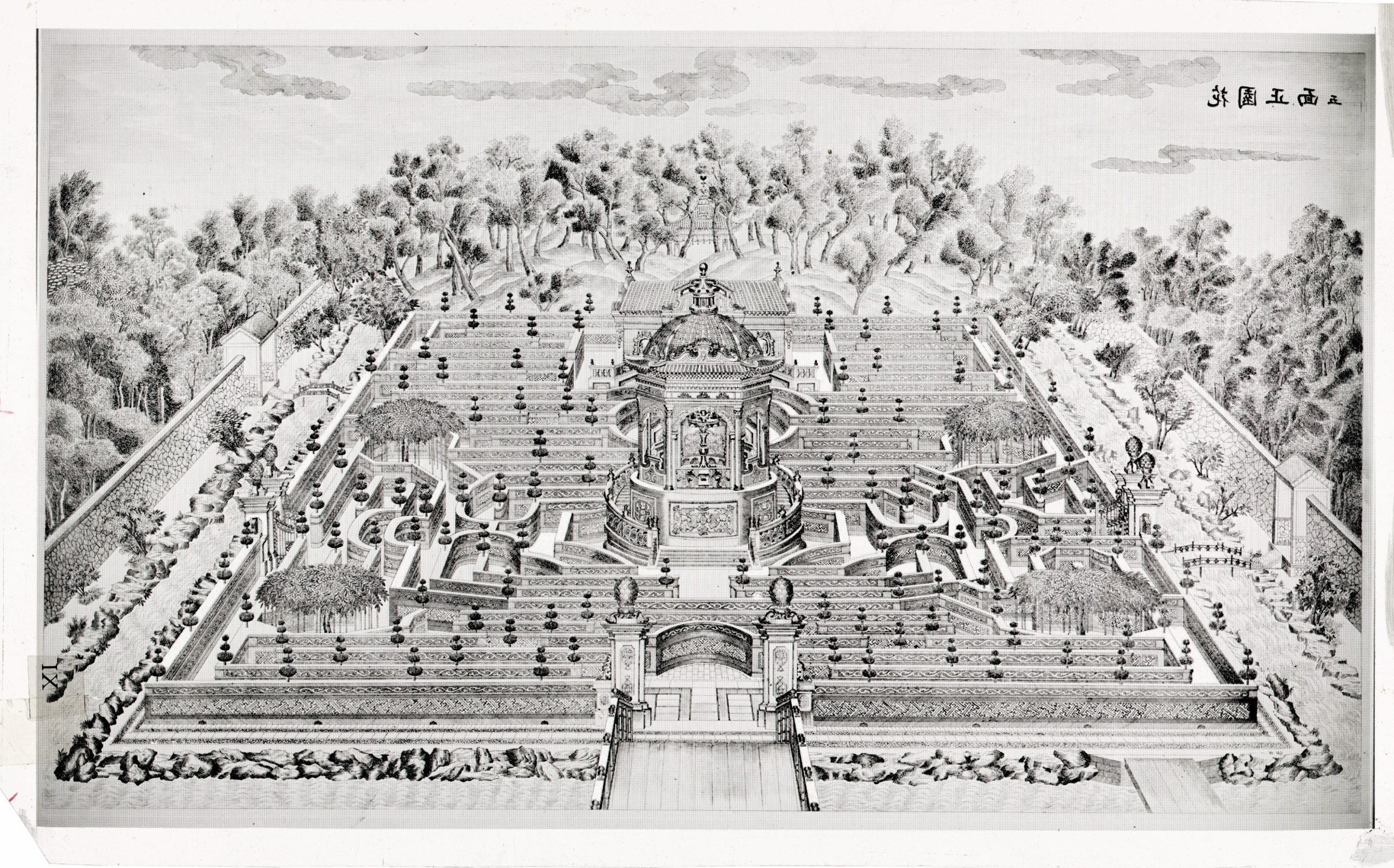books

Books by Fernand Pouillon
F.P., Ordonnances: Inventaire architecturale de la ville d’Aix-en-Provence, Cercle d’Étude Architecturale, Aix-en-Provence 1953.
F.P., Les pierres sauvages, Seuil, Paris 1964.
F.P., Maitre d’oeuvre, naissance d’une abbaye, De Nobele, Paris 1967.
F.P., Les baux de Provence, recueil monumental, De Nobele, Paris 1967.
F.P., Mémoires d’un architecte, Seuil, Paris 1968.
F.P., preface to Auguste Choisy, Vitruve, De Nobele, Paris 1971.
F.P., Aix en Provence: inventaire et monographie, Jardin de Flore, Paris 1976.
F.P., Abbaye de Cotignac, Jardin de Flore, Paris 1977.
F.P., A Ω, Journal du Maître d’œuvre Guillaume Balz, du cinq mars au cinq décembre 1161 à l’abbaye du Thoronet, Jardin de Flore, Paris 1978.
F.P., Mon ambition, Linteau, Paris 2011.
Books on Fernand Pouillon
A. Petruccioli (ed.), Architettura nei paesi islamici. Catalogue of the II international architecture exhibition, La Biennale di Venezia, 1982.
B.F. Dubor (ed.), Fernand Pouillon, architetto delle 200 colonne, Electa, Milano 1987.
J.L. Bonillo (ed.), Fernand Pouillon, architecte méditerranéen, Imbernon, Marseille 2001.
J. Lucan, (ed.), Fernand Pouillon architecte: Pantin, Montrouge, Boulogne-Billancourt, Meudon-la-Forêt, Picard, Paris 2003.
D. Voldman, Fernand Pouillon, architecte, Payot, Paris 2006.
B. Marrey, Fernand Pouillon, l’homme à abattre, Linteau, Paris 2010.
M. Bédarida, Fernand Pouillon, Éditions du Patrimoine, Centre des monuments nationaux, Paris 2012.
C. Sayen, (ed.), Le Livre, l’autre dessein de Fernand Pouillon, Transversales, Toulouse 2012.
A. Caruso, H. Thomas (ed.), The Stones of Fernand Pouillon, an Alternative Modernism in French Architecture, GTA, Zürich 2013.
S. Gruet, Fernand Pouillon: Humanité et grandeur d’un habitat pour tuos, Poïésis, Toulouse 2013.
C. Sayen, L’Architecture par Fernand Pouillon, Transversales, Toulouse 2014.
G. Barazzetta, All’ombra di Pouillon, LetteraVentidue, 2016.
Gruet, Pouillon. Une architecture durable , Transversales, Toulouse 2018
Hamon, Quand Fernand rencontre Luca, Transversales, Toulouse 2018
Jardin de Flore

Jardin de Flore is a new publishing house and bookshop specialised in illustrated art books. But it is also and above all an ambitious attempt to rethink and renew the publishing of rare and precious books.
Our publishing house is a unique company, at the service of all the bibliophiles who do not wish to let a cultural and artistic heritage disappear in the grinder of modern manufacturing techniques for illustrated books, which have a purely speculative purpose, in the same way as art magazines.
The first published works, like Aix-en-Provence by Fernand Pouillon, Palais, Pavillons et Jardins construits par Giuseppe Castiglione dans le Domaine Impérial du Yuan-Ming Yuan à Pékin, Suite de Vaisseaux de Mer by Pieter Bruegel the Elder, Plan de Plusieurs Bâtimens de mer Avec leurs Proportions by Henri Sbonski de Passebon, and those in preparation, like De Artificiali Perspectiva by Viator or the extraordinary work by Giacomo Franco on Venice, testify to a triple vocation:
• To rediscover, by unearthing them from the privileged places in which they are preserved, works which, in the fields of architecture, engraving, perspective, artistic and archaeological research, marked a turning point in the evolution of art and, consequently, of humanity.
• This first selection criterion is accompanied by the evident aesthetic interest and intrinsic beauty of the chosen works. For us, each book must be, at the same time, an irreplaceable historical or documentary record and a work of art in its own right.
• To breathe new life into masterpieces of engraving, familiar to experts, but whose vigour was reduced by multiple prints, in order to give them the force and precision of a first printing.
• To make original editions of important works that remained in manuscript form, such as Sebastiano Serlio’s Sixth and Eighth Books.
All the works we publish also share their extreme rarity.
But our originality derives mainly from the categorical refusal of photomechanical reproduction and printing methods, because we wish to remain faithful, at all stages of production, to the traditional methods that ensured the quality of the masterpieces dear to typography and engraving lovers.
In order to preserve the quality that made the success of our first works, we have grouped under our trademark artists and craftsmen who have chosen, in the century of machines and serial production, to continue the tradition of work well done, fashioned with love by an independent creator who is the master of his actions.
F. Pouillon, First catalogue of Jardin de Flore publishing house. Paris: September 1977.